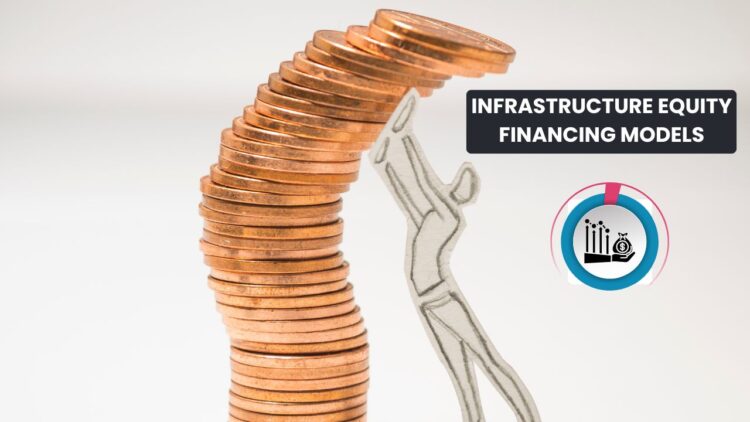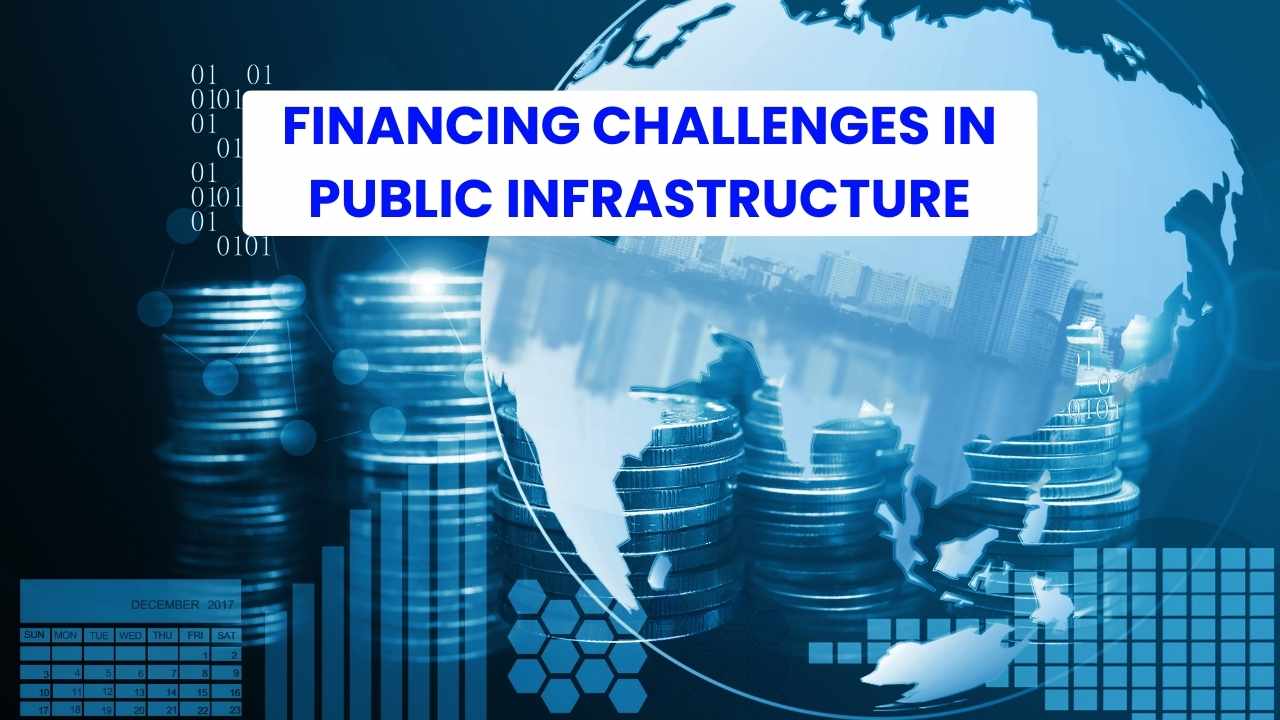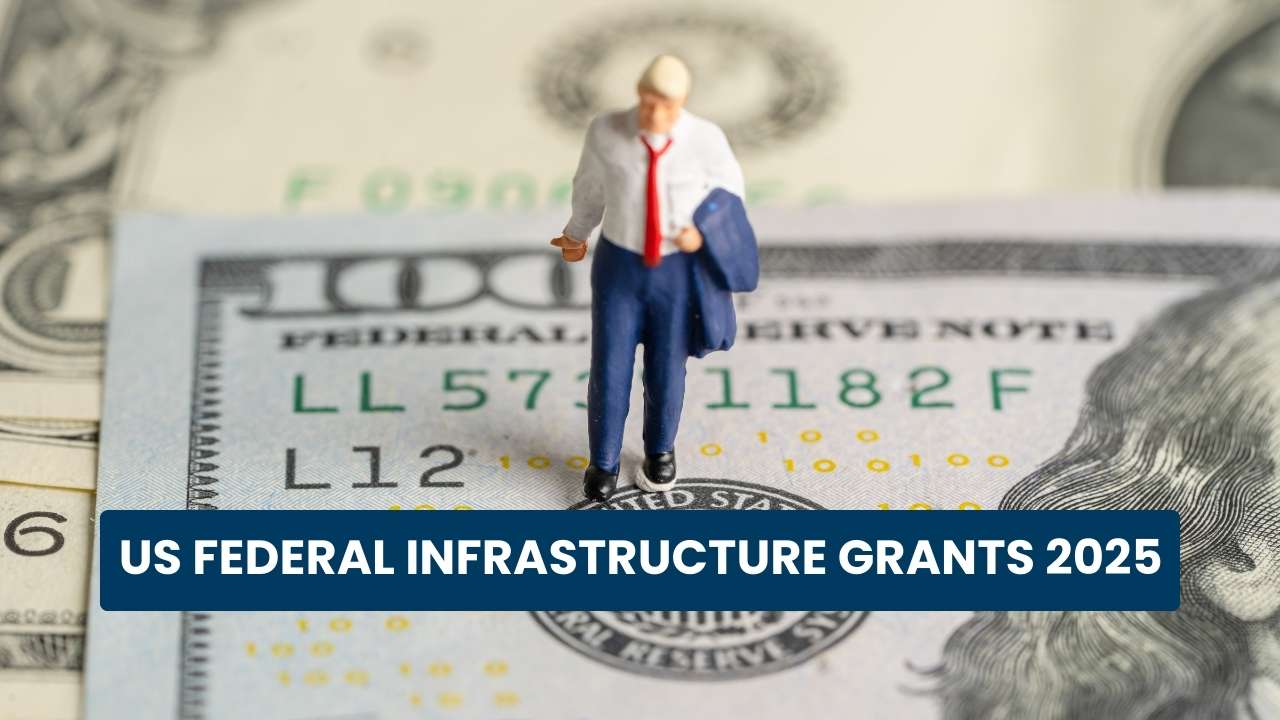Infrastructure financing models have evolved as the demand has increased. One such model is the Equity financing model, where investors get ownership in the project. Let’s understand this approach of Infrastructure financing and see how it benefits.
Infrastructure Equity Financing Models
Infrastructure financing is becoming increasingly innovative to address the growing demand for sustainable infrastructure and bridge the funding gaps. Traditional finance methods are insufficient; hence, new financing models have emerged, such as bonds, private funding, etc.
Investors and borrowers are getting innovative to attract more returns or investment. Equity financing is one such approach where investors will have higher returns as well as risks. In equity financing, the infrastructure project’s ownership stakes are sold to the investors.
The import of infrastructure project equity aligns with investor interest in the project and funds the large-scale projects, as it helps to generate high capital. The investors then share the risk as well as the profit of the project.
Common Infrastructure Equity Financing Models
The approach of an investor taking ownership and involvement in the infrastructure projects’ equity has various financing models that you can explore, such as:
- Director Equity Investment:
- Institutional investors (insurance companies, pension funds, etc.) source equity for infrastructure as they directly invest in projects for equity.
- The investors seek long-term returns, stable returns, and a share in profit. The direct investment may have high risk and returns.
- The institutional equity involves the joint venture contribution, private sale, and other structures.
- Private Equity Investment:
- The private equity structure involves buying, managing, and exiting the project stakes in infrastructure through direct deals or certain funds.
- The infrastructure assets involved in the private equity investment structure typically have low volatility.
- The funds are directly invested in the project capital without the need to build a building-in-house investment.
- Public-Private Partnership:
- The PPPs model allows the public and private to jointly hold the infrastructure project equity and share the profit and risks of the project.
- The PPP structure offers support to the infrastructure projects with special-purpose vehicles, where the SPVs generate the capital for the project.
How does it benefit infrastructure financing?
Infrastructure equity financing is a strategic way to finance large-scale projects, mitigate risks, and others. Here you can check the equity infrastructure financing benefits:
- No fixed repayment: Equity financing models offer no pressure for repayment, and there is also no fixed repayment that borrowers have to worry about.
- Risk Sharing: Investors and borrowers both share the risk of the infrastructure project, such as operational risk, financial risk, and others, unlike debt financing. This way, the project will be less likely to be risky, and the risk management can be more effective, as investors would never want their money to go to waste.
- Align with the goals: Investors invest in the project that aligns with their goals, which allows the investor to be more involved in the project than ever. The investors or technical knowledge companies can bring in technology experts or other experts who can make things easier.
- Strong financially: The equity financing allows the borrowers to reduce their debt burden, leading to a healthier financial state and increasing the project’s credibility.
What are the challenges associated with the Infrastructure Equity model?
As we explore the benefits and best practices for the Infrastructure Equity model, we should also explore what difficulties this financing approach brings, such as:
- Political and regulatory challenges: The infrastructure investment can be affected due to political changes or changes in regulation, affecting the overall profit or loss of the project.
- Long payback period: The major concern in equity financing is the long payback periods, as the large-scale return can take time.
- Liquidity risks: The equity financing approach involves the liquidity risk as the investor cannot sell or exit their equity in the projects if they find some risks or they find the projects take a longer period.
- Operational risks: The equity financing is generally used in large-scale infrastructure projects, such as bridges, roads, highways, etc., and the complexity of these projects can lead to operational risks that can affect the investment return or increase the period of the project.
The infrastructure sector is now moving to innovative ways of financing to meet the increasing demand, complete the investment gap, and fulfill other shortcomings. The investment gap in global infrastructure is increasing; hence, innovative solutions are needed, like equity financing, blended finance, sustainable finance, and many more.



